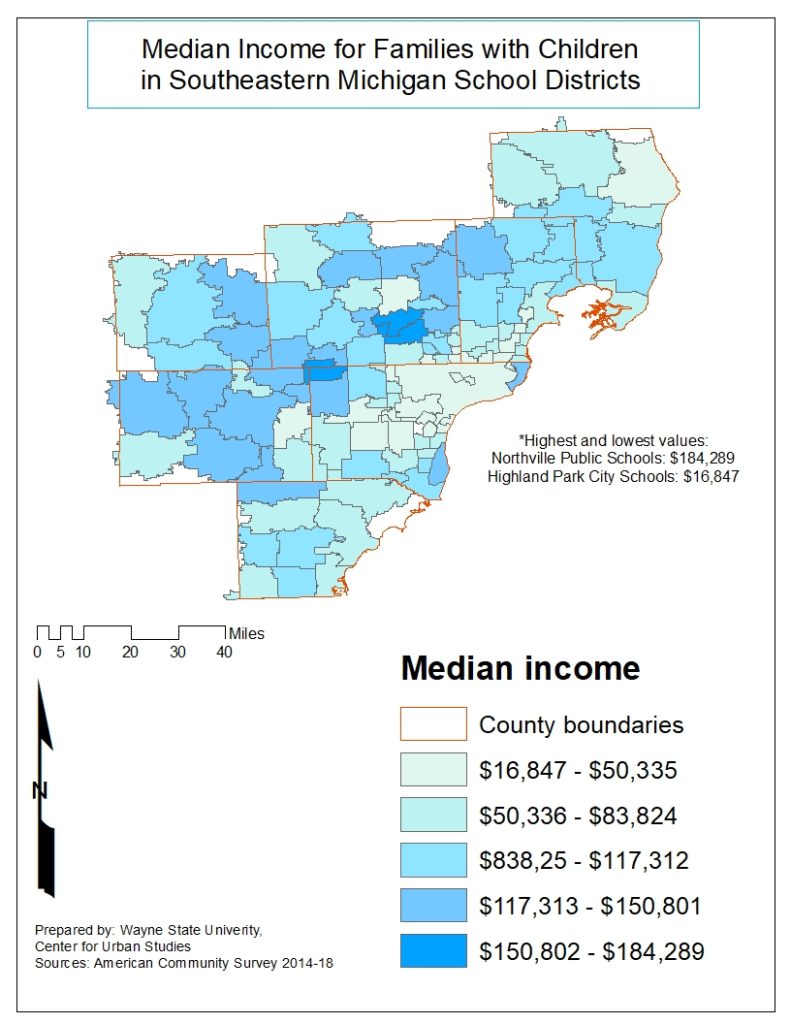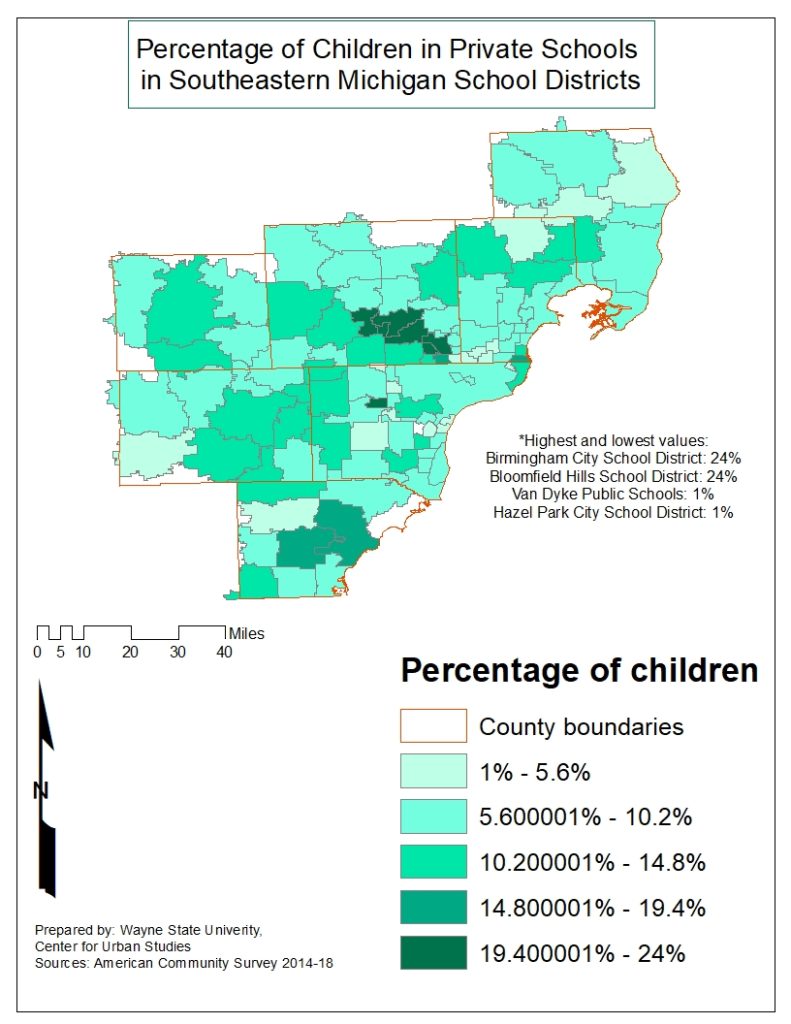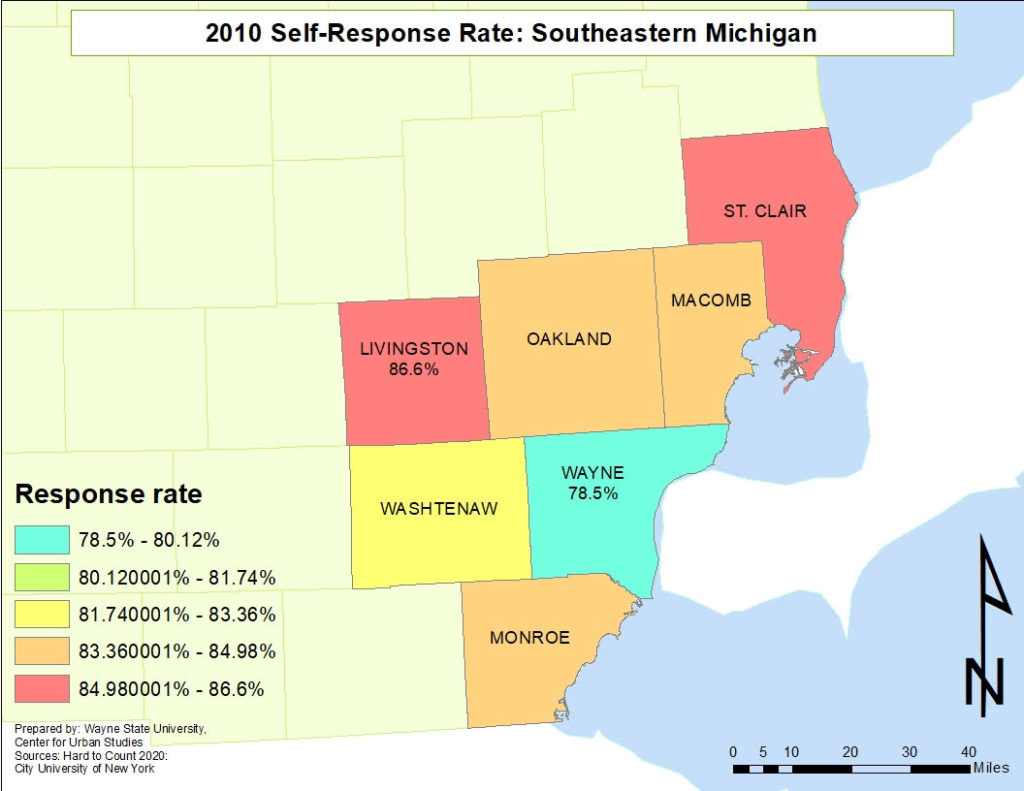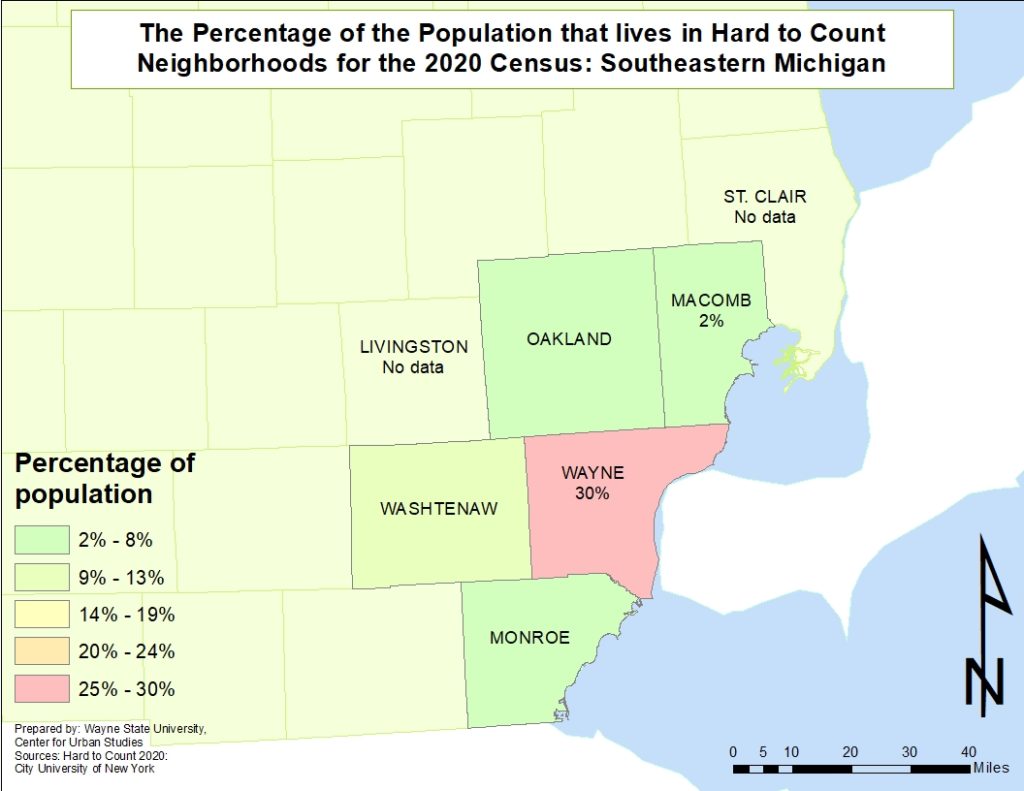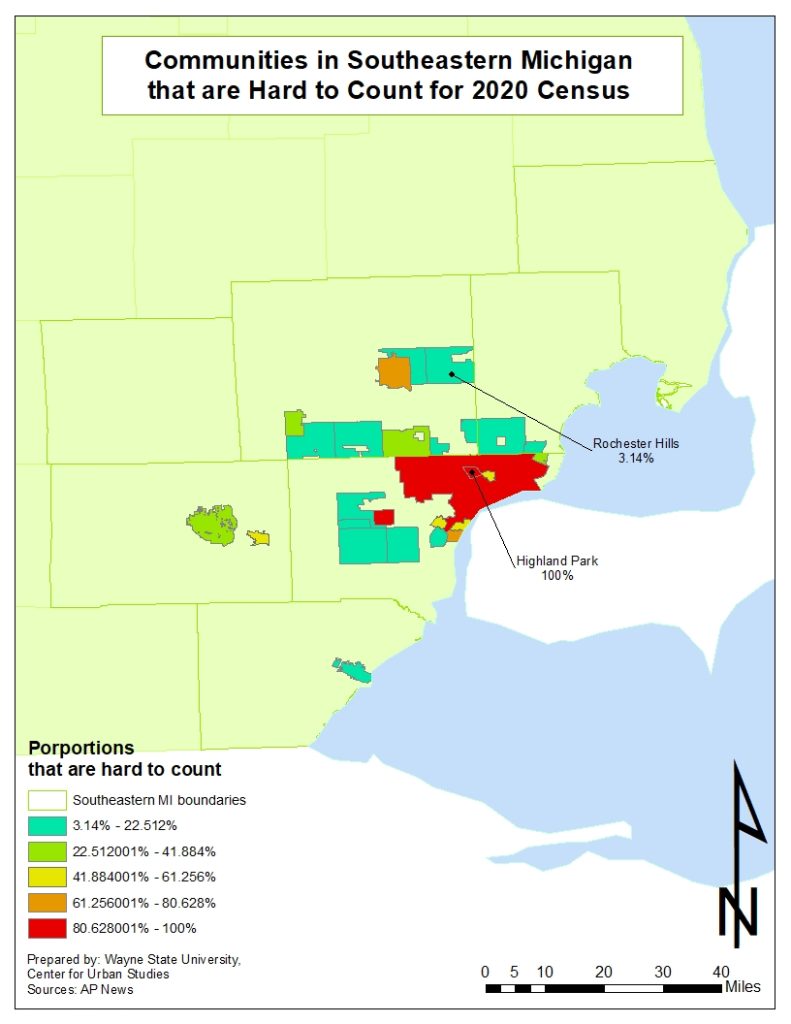Last week we examined the median income of families with school aged children by school district, and this week we examine the median income of single mothers with school aged children. The highest median income for a single mother in the Metro-Detroit region is in both Bloomfield Hills and Birmingham school districts; the median income for both these districts is just under $83,000. These median incomes are just under half of the highest median income for families with children, which is $184,289 in the Northville Public School District. Single mothers in the Northville Public School District have a median income of about $67,000.
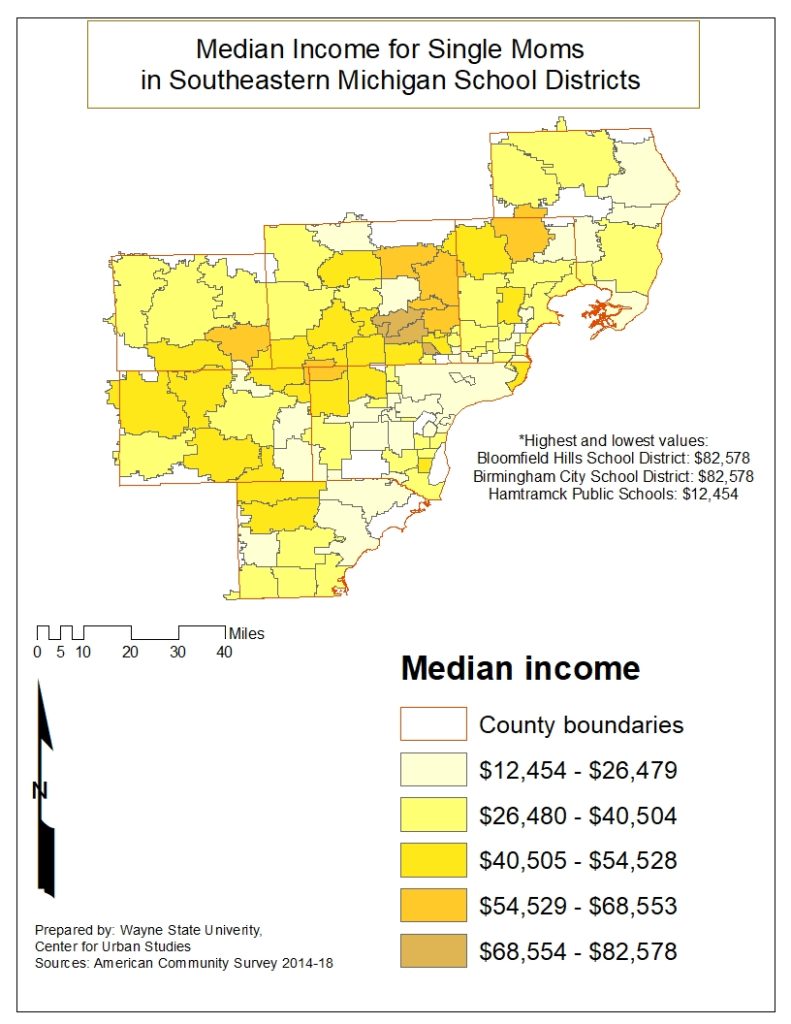
As noted in last week’s post, the income of a parent, or parents, does affect the education of a child due to the access the family has to housing, resources and, ultimately, the school districts. While single mothers in districts such as Birmingham, Bloomfield Hills and Berkley ($70,000) have a higher median income than the poverty threshold for a family of four ($25,750), access issues do still exist.
There is a higher risk of those issues existing in school districts such as Hamtramck, Highland Park, Detroit and Ecorse, where the median income for single mothers is below that of the federal poverty line for a family of four. The Hamtramck School District has the lowest median income for single mothers at $12,454; the Highland Park School District follows at $15,224 and then the Ecorse Public School District at $16,108 and Detroit Public Schools at $18,730. In total, throughout Southeastern Michigan, there are 12 school districts where the median income for single mothers is below $20,000; six of the districts are located in Wayne County. Additionally, none of those school districts are located in Livingston County. When looking at the number of school districts where the median income of a single mother is below that of the poverty line for a family of four there are 29 school districts. Again, Wayne County has the highest number of school districts with single mothers with a median income below the poverty line and Livingston County doesn’t have any districts with that designation.
